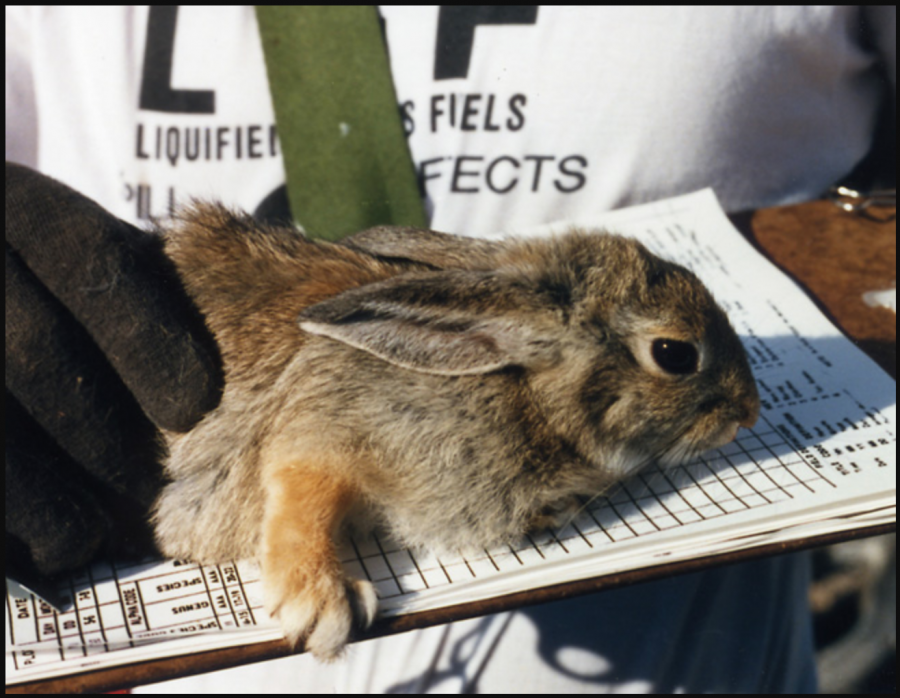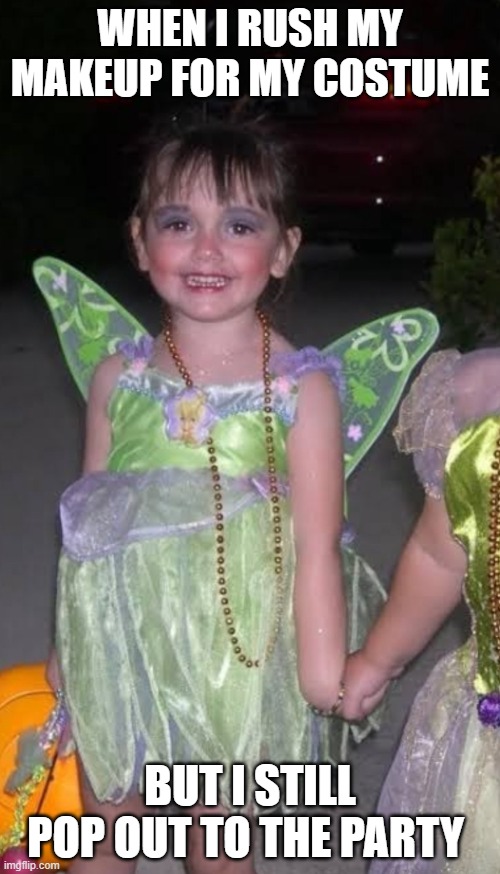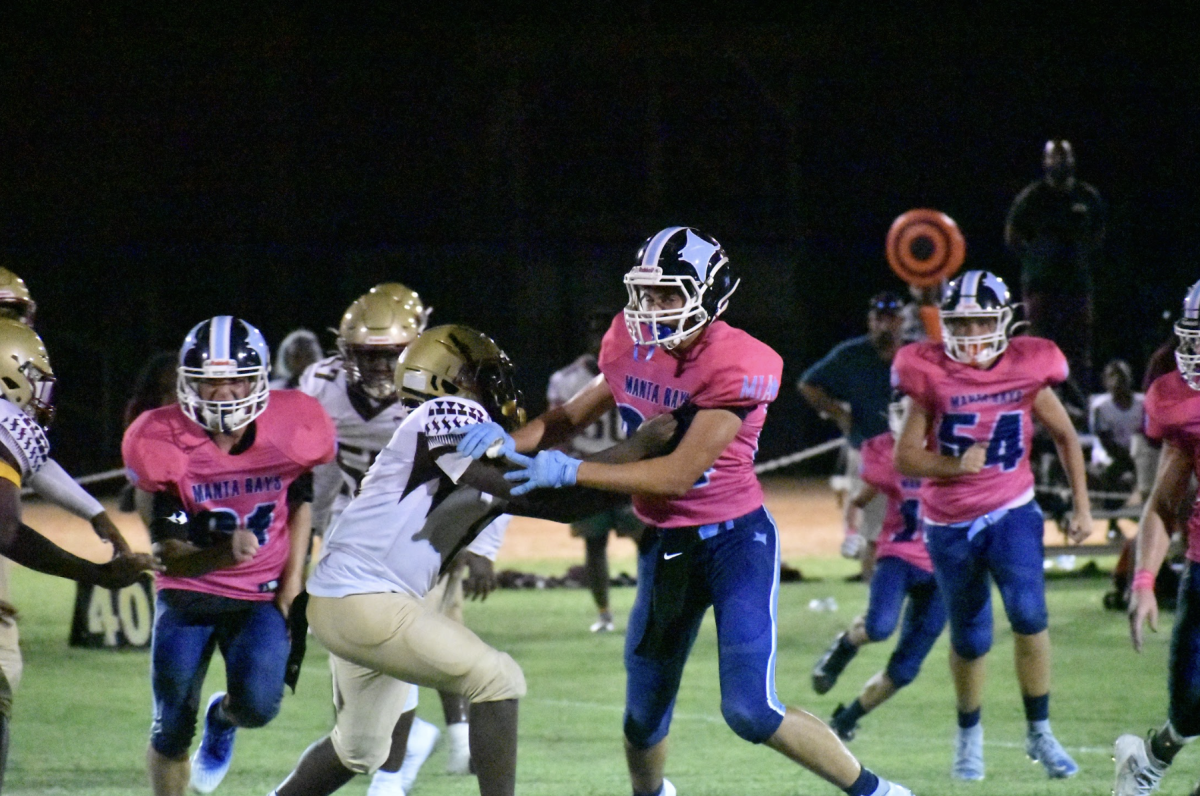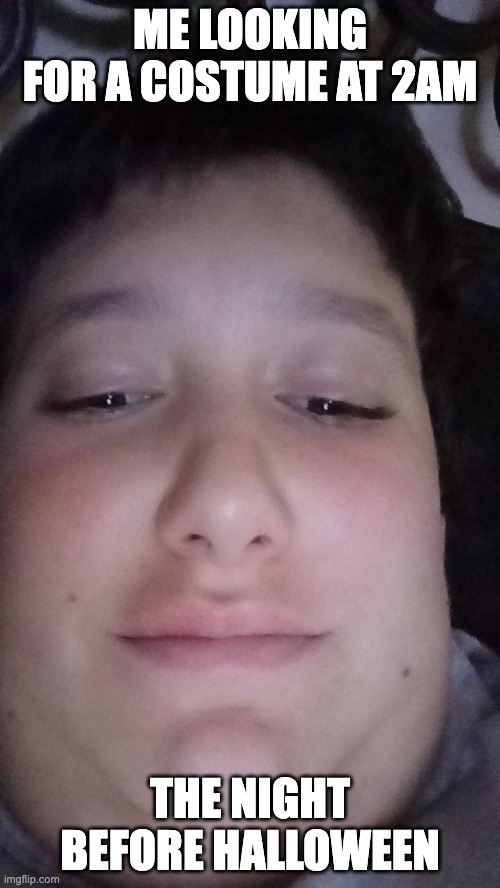It’s Rabbit Season
Ralph the Rabbit took the world by storm and has set in motion an animal rights movement.
May 4, 2021
‘…well, without you and countries that allow animal testing, I’d be out of a job.
I’d be on the streets- well not the streets,
more like a field I guess…
you know, like a normal rabbit’
A viral short story has consumers shaking their heads as it exposes the cruel reality of animal testing.
Humane Society International posted a four-minute video called ‘Save Ralph’ on YouTube, which now runs close to 11 million views in less than 3 weeks.
The content of the short story itself pertains to a rabbit named Ralph who ‘works’ in a laboratory serving as an animal test subject. Throughout the video, he sarcastically describes the harm brought to him as necessary for protecting humans. As the video progresses, Ralph’s condition worsens starting with blindness and eventually closing with respiratory distress.
This short story advocates against animal testing in the cosmetic industry. This social media movement has utilized many hashtags such as ‘#becrueltyfree’ and ‘#saveralph’ to educate consumers and call out brands who continue to use animal testing.
The question arises if animal testing is even necessary. Currently, there are existing alternatives to animal testing in the cosmetic industry that reduces harm completely.
Rabbit Testing:
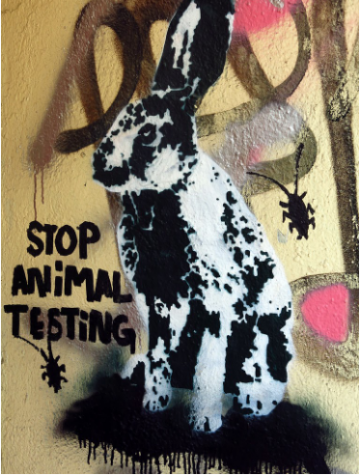
Annually, hundreds of thousands of rabbits, like Ralph are used for experimentation with cosmetic products. Specifically, most rabbits fall subject to the Draize Eye and Skin Irritancy Tests wherein the short film, Ralph experienced.
The Draize Eye and Skin Irritancy Test was developed in the 1940s. It is responsible for the restraint and testing of harmful chemicals on animals. There are different procedures to each test.
In the eyes test, the rabbits’ paws are restrained to prevent interference with the experiments. From there on, they proceed to have chemicals dripped into their eyes. It usually results in swelling, redness, or even blindness.
In the skin test, rabbits’ skin gets shaved or scraped. Again, they are restrained to prevent experiment interference. From there on, the chemicals are smeared onto their skin. This procedure usually results in skin irritation, cracking, or even bleeding.
With the goal in mind to claim the product ‘safe for human usage’ the Draize tests are ultimately invalidated. Rabbits are typically only used because they are cheaper, easier to handle, and easier to breed as opposed to any other animal. However, the anatomical differences between a human and a rabbit make the tests out to be extremely unreliable.
Alternatives to Animal Testing Exist
Many cruelty-free cosmetic brands, such as The Body Shop, have stuck with ingredients qualified to be ’safe for human usage’. This category of ingredients is typically all-natural, made up of fruits such as bananas, or even oils such as nut oil.
Even if not reliant on natural ingredients, cosmetic companies have other alternatives to testing their products. The most popular being a recently developed synthetic cellular tissue that is similar to human skin. Tests like EpiDerm™ and EpiSkin™ have the capability to replace the Draize Skin and Eye irritation tests completely.
With this technology, the ability to completely eliminate animal testing is possible. There is clearly a lack of consideration towards animals’ well-being and quality of living. Moreso, the idea of sacrificing animals to something so subjective in society, like cosmetics, is not justifiable. These lab animals typically die at the hands of experimenters and this cruel practice must come to an end.


